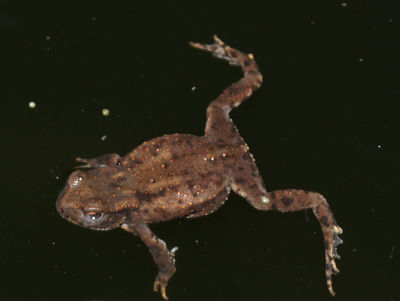Wildlife
Farmland
The rewards of farming with nature in mind are huge if you enjoy watching goldfinches feeding on teasels, barn owls silently quartering the long grass after voles, and visiting banks of primroses and violets, splashed with the purple of early purple orchids in spring. When we ploughed a field that was last cropped in wartime, up popped a number of arable plants which are becoming scarce, such as Field Pansy and Corn Spurrey. In the absence of artificial fertilizers, and after taking several hay crops, flowers like Lady’s Smock and butterflies like Ringlets, Meadow Browns and Orange-tips quickly appeared. It took fifteen years for Common Spotted Orchids to colonise two of our meadows at home.
Hay meadows

Although they no longer fit into modern agriculture, traditional hay meadows are fabulous places, and ours are breathtaking in early summer. Carpets of commoner orchids, mainly the Common Spotted, have been joined by a Greater Butterfly Orchid, only the second record for Anglesey. The meadow is full of colour throughout the year, white Sneezewort and Lesser Stitchwort accompany purple Lousewort and Knapweed, along with yellow Meadow Vetchling and Bird’s-foot Trefoil. The cattle enjoy having a variety of herbs to graze early in the year and after the hay has been taken – that is if we are able to take a hay crop, as access is difficult.
Rough land
We have some rough land which is a mixture of oak woodland, wet basins and heathy areas on huge exposed rocks. It is a wildlife haven. Adders and lizards are common amongst Heather and Western Gorse. Small Pearl-bordered Fritillaries lay their eggs on Violets which grow amongst carpets of Bluebell under Bracken. Beautiful Demoiselles flitter and rest on foliage by the river bordering this land. A very wet field holds up to 30 snipe in winter. There are also three field ponds, a ditch and a scrape.
